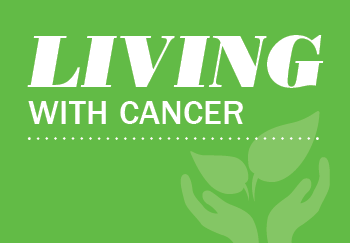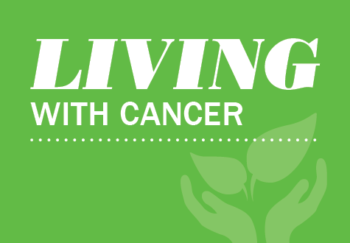 Unpleasant side effects are often a part of your cancer treatment. While the treatment targets the cancer, it can affect the rest of your body as well, including your skin. You may develop a rash that looks a bit like acne on your face, scalp and shoulders. This kind of reaction is called chemo rash.
Unpleasant side effects are often a part of your cancer treatment. While the treatment targets the cancer, it can affect the rest of your body as well, including your skin. You may develop a rash that looks a bit like acne on your face, scalp and shoulders. This kind of reaction is called chemo rash.
The National Cancer Institute explains that chemo rash is common, affecting up to 90 percent of patients prescribed a type of drug called an EGFR (epidermal growth factor receptor) inhibitor. These drugs are used for cancers that originate in the breast, pancreas, colon, head and neck, as well as non-small cell lung cancers. These drugs target the EGFRs that occur in cancer cells, but they also occur in your skin. The fact that your skin is reacting to the treatment is a good sign — it shows the treatment is working.
Dealing with this side effect doesn’t have to be a big ordeal. There are small adjustments you can do during treatment to make your skin feel better.
Safeguard Your Skin
Protecting your skin is the best way to prevent chemo rash. The American Cancer Society recommends you protect your skin from the sun by staying in the shade during peak hours. When you go out, wear a hat and protective clothing, and use a sunscreen with a SPF of 30 or higher. Have these items by your door, in your coat closet or in your trunk for easy access. Keep a reusable water bottle with you so you can stay hydrated. When picking out clothes, make sure your outfit isn’t too tight, so you can avoid friction over the rash area.
Get the Right Products
If you suspect you have chemo rash, it’s important to discuss this with your doctor rather than trying to take care of it on your own. Your doctor may have specific products to recommend. When buying products, use mild, unscented soaps, lotions, shampoos, detergents and other body products. Make a resolution to switch out all the products in your bathroom. Avoid shaving the real problem areas or use sensitive skin shaving creams and gels. Whatever you choose, don’t treat it with medications for acne. The National Comprehensive Cancer Network also warns that typical acne treatments can make it worse by drying out and further irritating your skin.
Get Skin Care Support at UVA Cancer Center
Get help addressing your cancer-related image concerns with skin care products and accessories at our Flourish Boutique.
Take an Oatmeal Bath
An oatmeal bath can soothe irritated skin. The unscented bath powder is available to buy at pharmacies and drugstores, or you can make your own. Use a blender to grind a cup of dry, uncooked oatmeal into a fine powder. Then pour the oatmeal powder into the bathwater (not too hot), allowing it to dissolve. A soak in the oatmeal bath helps relieve the irritation in your skin. Gently pat your skin with the towel rather than rubbing it to dry off.
Practice Minimalism
Doing less is the key to dealing with this kind of rash. Use fewer makeup products, or none at all. Avoid touching your skin any more than necessary, stay out of the sun and keep your skin cool and clean. The most frustrating thing may be that you must wait and allow your skin to heal itself. Try to eliminate one skin care product or cosmetic a week to help wean yourself off your favorites. Experiment with natural nail polish or a new hat to ease the transition.
The best way to deal with this rash is to continue preventive measures. Prioritize your skin while it is in this sensitive condition, and think about what might irritate it. A little tender loving care can’t hurt.

